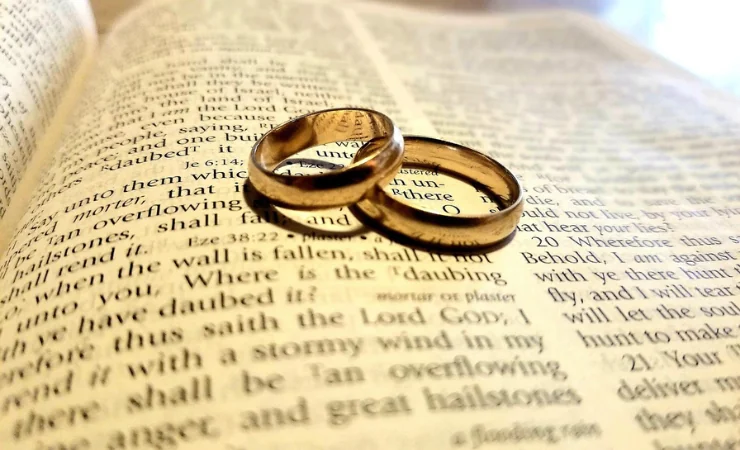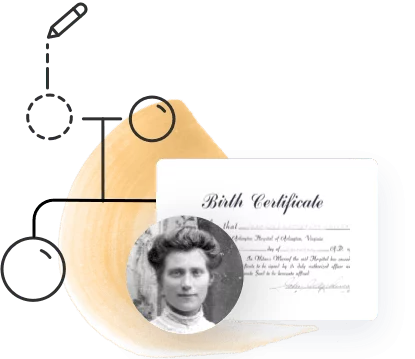
Marriage records are a vital resource in genealogy: they officially document a couple’s union and usually list the bride’s and groom’s names, ages, and birthplaces, and often their parents’ names as well. MyHeritage offers one of the largest online collections of vital records. In fact, its Marriage & Divorce category alone holds over 897 million records covering the U.S. and many countries worldwide. By following targeted search strategies on MyHeritage, even beginners can efficiently locate these records.
Getting started on MyHeritage
To begin, visit myheritage.com/research and use the main search form to enter whatever details you know: the couple’s names, a date or place of marriage, or other clues. You can search all records on MyHeritage, or hover over “Research” in the navigation bar and select “Birth Marriage, & Death” to specifically search those types of records.

To narrow in further on marriage records, you can go directly to the Marriage & Divorce category and search from there. You can also narrow down your search by category or specific collection as you go through your results, as detailed below.

Use advanced filters
Once you have results, narrow them with MyHeritage’s filters and advanced search options. For example, enter an estimated year of birth or marriage and leave “Match year exactly” unselected. If your search returns too many hits, narrow them by adding additional details and names or specific categories or collections. For instance, enter the couple’s parents’ or child’s names under “Add details.”
Try name variants and wildcards
Spelling variations are common in historical records. MyHeritage’s smart search takes name variations into account, but it’s worth trying a few different approaches.
- Name variations: Try searching both the wife’s maiden and married surname, or common nicknames.
- Looser searches: If strict searches fail, omit the place or exact year to allow for migration or record gaps.
Use the Collection Catalog to browse by location and collection
Sometimes it helps to browse records by place. MyHeritage’s Collection Catalog allows you to browse record collections by location. When you select a country, state or region, it will show sub-regions and then list all relevant collections for that area. For example, you can choose Birth, Marriage & Death>Marriage & Divorce under the categories, and under “Refine by location,” select United States > Texas. This will take you to Texas marriage and divorce collections.

You can then click into a collection (like “Texas Marriages”) and search within it. This is especially useful for international research, since you can navigate to the right country or province even if you don’t have an exact city.
Record collections and keywords
Another tip is to search within specific record collections if you know something about the record’s origin. For example, the Emigrants from Hamburg to Australasia collection is listed under Germany as the location, but it’s also highly relevant for ancestors from Australia and New Zealand. You can use the search function on the upper right side of the Collection Catalog to enter keywords relevant to your ancestor’s country and time period, like town or county names if you have them.
Finally, keep notes of what you try. If one approach fails, adjust your strategy: for example, remove the date from the search field or try a different collection. Remember, MyHeritage’s global search is robust, so even partial information (names without place or vice versa) can uncover indexed marriage records.
Marriage records on MyHeritage can confirm family relationships and fill out your tree. With over 897 million marriage/divorce entries online, using the right filters, out-of-the-box thinking, and location browsing will greatly increase your chances of finding the right record.




